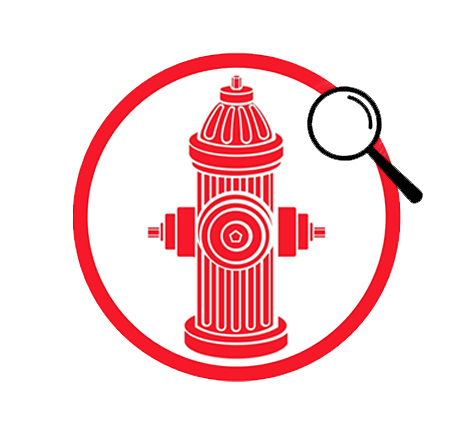At Hydra-Spec, we will diagnose your water system by inspecting your fire hydrants and main line valves. Trust our fire hydrant inspection service today.
Our mandate is to carry out a systematic fire hydrant inspection in order to determine the capacity of the network, the sectors with the possibility of leaks and the operating condition of this equipment, as well as the preparation of a computerized report.

Complete inspection carried out only once a year.
Inspection carried out twice a year (spring, fall).
Spring, fall and winter inspection.

when the fire hydrant isolation valve is accessible, the technician manipulates it to ensure that it is open and operational
lubrication of hose outlets and plugs
emptying fire hydrants that do not drain to prevent freezing
flushing the fire hydrant and the section of pipe between the fire hydrant and the water main
Specialized in the computerized diagnosis of water networks, the distribution of parts and the restoration of fire hydrants, the supply of equipment, tools and municipal products.